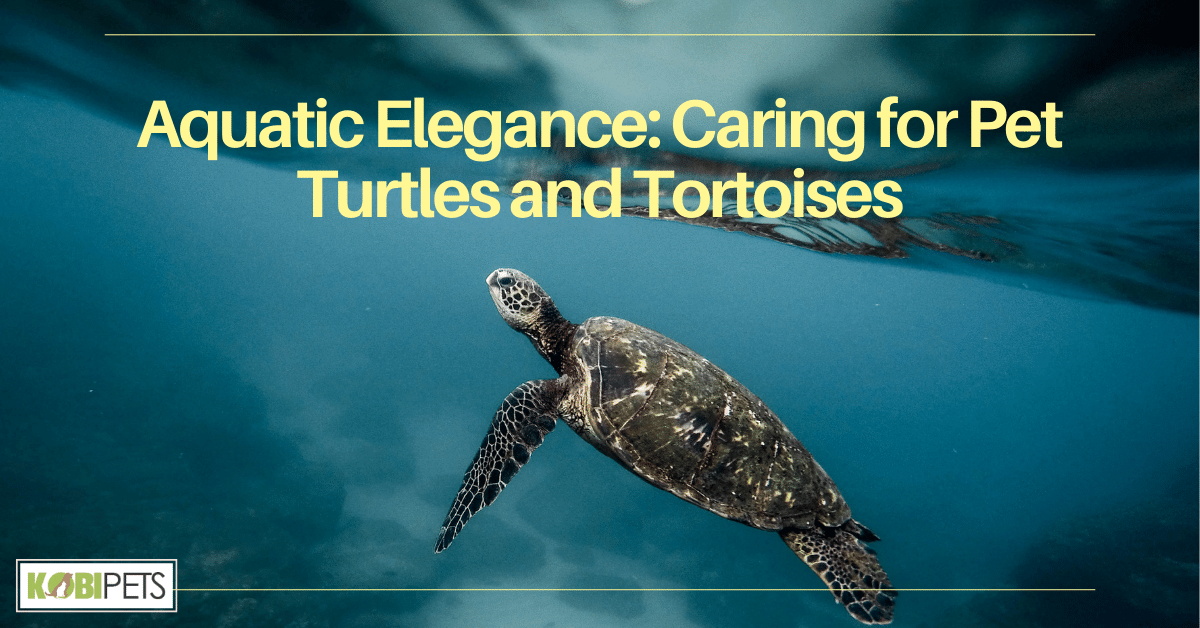
Caring for pet turtles and tortoises is a delicate dance of aquatic elegance. These captivating creatures require proper habitat maintenance, including clean water and basking areas, to thrive in captivity. By providing them with a balanced diet, a comfortable environment, and regular vet check-ups, you can ensure their health and happiness for years to come.
These captivating reptiles may not purr or wag their tails, but they offer a unique and enchanting companionship that’s truly one-of-a-kind. In this comprehensive guide, we’ll dive into the intricacies of providing the best care for these shelled wonders, covering everything from their habitat needs to dietary requirements and health considerations.
Understanding the World of Turtles and Tortoises
Distinguishing between turtles and tortoises is key to understanding these remarkable reptiles. Turtles excel in aquatic environments, boasting webbed feet and streamlined shells for swimming, while tortoises are land-based with sturdier shells and limbs for terrestrial life. Popular pet choices include the red-eared slider and Russian tortoise, known for their manageable size and charming personalities.
To care for these unique companions, it’s crucial to grasp their natural habitats and behaviors; turtles gracefully navigate water bodies, while tortoises thrive in arid landscapes, showcasing their tenacity in foraging and burrow-seeking. This knowledge enables us to provide optimal care for these captivating pets.
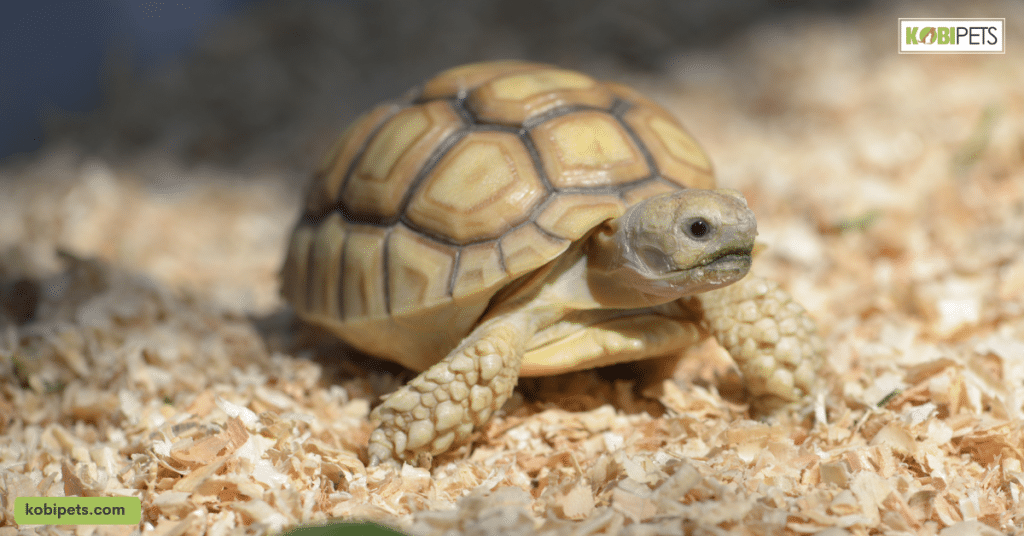
Setting Up the Ideal Habitat
Creating the perfect habitat is paramount when caring for pet turtles and tortoises. Providing them with a suitable environment ensures their well-being and longevity. In this section, we will explore the essential elements of setting up the ideal habitat for these remarkable reptiles.
- Importance of Proper Habitat: A proper habitat is the foundation of good turtle and tortoise care. It replicates their natural environment, essential for their physical and mental health.
- Components of an Aquatic Turtle Habitat: For aquatic turtles like red-eared sliders, a well-designed tank or pond is vital. It should include a basking area, hiding spots, clean water, and appropriate filtration systems.
- Tortoise Enclosure: Tortoises, such as the Russian tortoise, require a terrestrial enclosure with ample space for wandering, digging, and basking. It should feature hiding spots, vegetation, and a secure barrier to prevent escapes.
- Selecting the Right Tank or Enclosure: The size and material of the tank or enclosure are critical. It should accommodate your pet’s growth and behavior. For aquatic turtles, consider a tank that holds at least ten gallons per inch of turtle shell length.
- Temperature, Lighting, and Humidity: Maintaining the correct temperature and lighting conditions is essential. Aquatic turtles need a basking area with a heat lamp, while tortoises require a heat source for their entire enclosure. Adequate humidity levels are vital, especially for tortoises, to prevent dehydration and shell problems.
Creating the ideal habitat for your pet turtles and tortoises is a labor of love. By understanding their specific needs and providing the right environment, you ensure their comfort and well-being. In the next section, we will delve into choosing the right species of turtles and tortoises for your home.
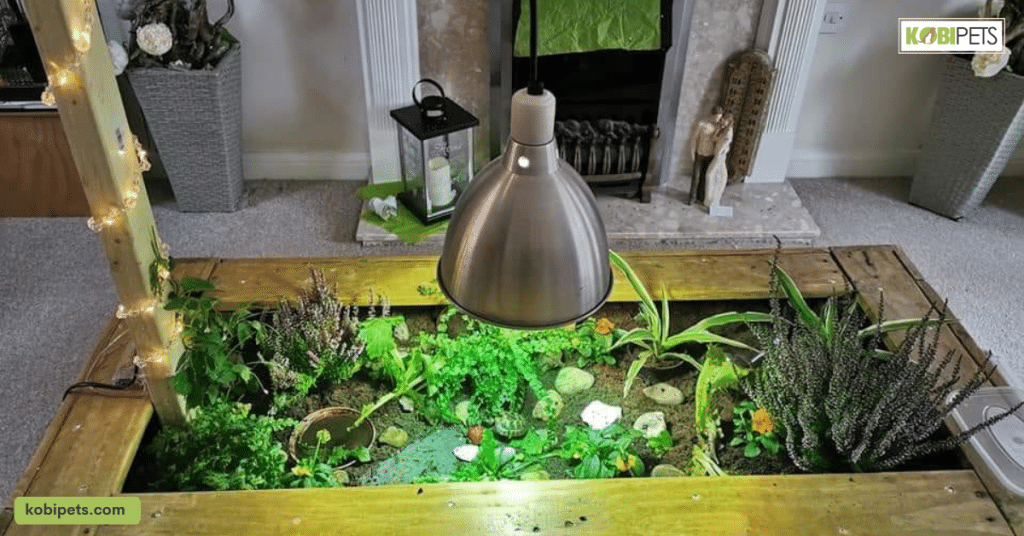
Choosing the Right Species
Selecting the right species of turtle or tortoise is a crucial decision when considering these remarkable reptiles as pets. Each species has its own unique characteristics, care requirements, and suitability for different levels of experience. In this section, we’ll help you navigate the diverse world of pet turtles and tortoises to find the perfect fit for your home and lifestyle.
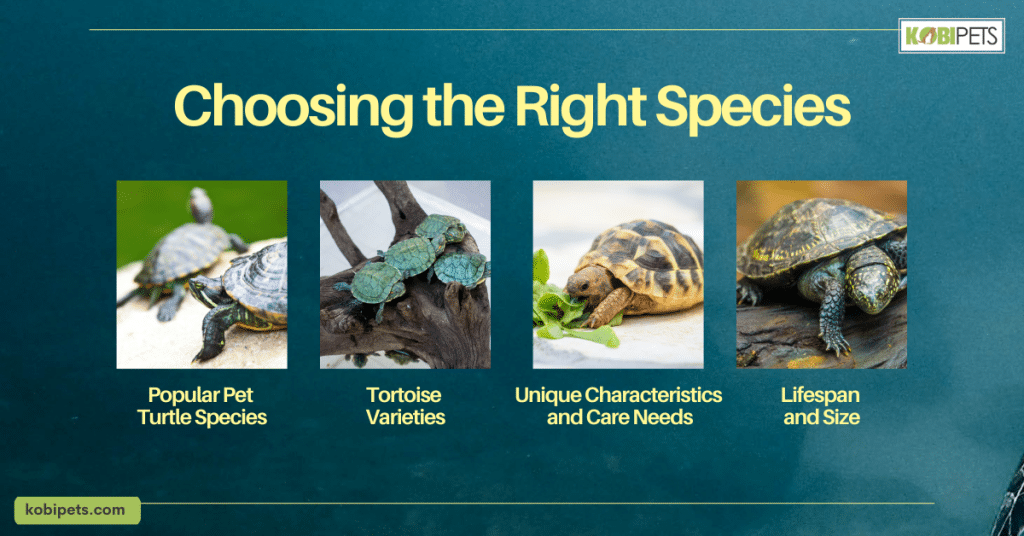
Choosing the Right Species
1. Popular Pet Turtle Species
Delving into popular pet turtle species like the red-eared slider and the painted turtle reveals their suitability for beginners due to their manageable size and engaging personalities. Red-eared sliders, known for their distinctive red markings and vibrant characters, are a common choice for novices, while painted turtles, with their captivating patterns, offer an equally rewarding experience.
These turtles adapt well to captive environments and can thrive with proper care, making them excellent options for those new to turtle ownership.
2. Tortoise Varieties
Exploring various tortoise species such as the Russian tortoise and the sulcata tortoise unveils their compatibility with individuals of different skill levels. Russian tortoises, petite and personable, are well-suited for beginners due to their manageable size and relatively undemanding care requirements.
On the other hand, sulcata tortoises, known for their substantial size and longer lifespan, require a more experienced hand in their care. These gentle giants can thrive when provided with the right conditions and attention to detail.
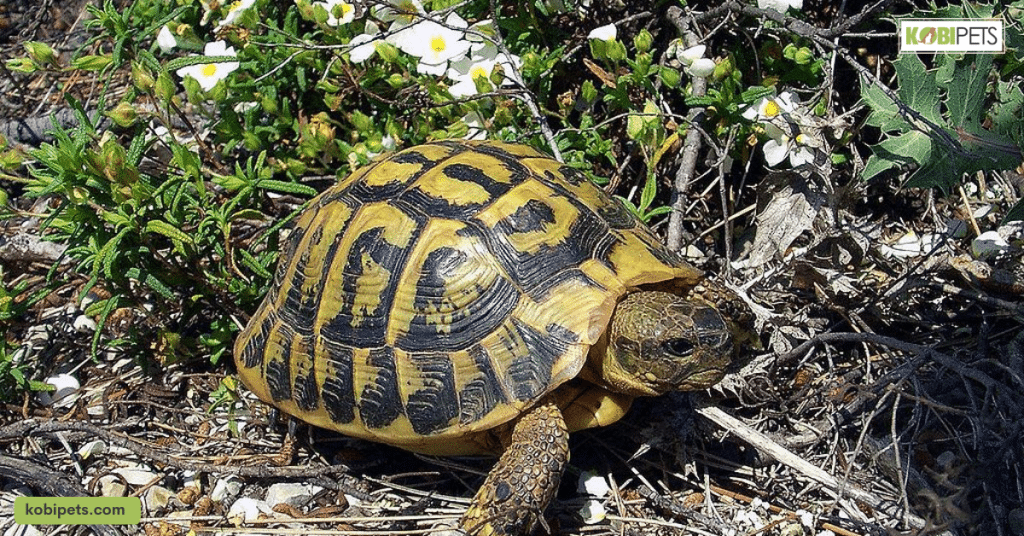
3. Unique Characteristics and Care Needs
Taking a closer look at the specific requirements of each species, from habitat preferences to dietary needs, is essential for responsible ownership. For instance, aquatic turtles like red-eared sliders require a basking area with UVB lighting, while terrestrial tortoises such as Russian tortoises thrive in a dry, spacious enclosure with ample hiding spots. Understanding these nuances ensures a tailored approach to their care, promoting their overall health and well-being in captivity.
4. Lifespan and Size
Informing readers about the typical lifespan and growth patterns of their chosen species is crucial for long-term commitment and planning. Red-eared sliders can live for several decades, while painted turtles have a similar lifespan.
Russian tortoises, in contrast, often outlive their turtle counterparts, with some reaching over half a century. Additionally, these reptiles exhibit size variations throughout their lives, necessitating adjustments to their living conditions and dietary requirements as they grow.
By considering their characteristics, care needs, and expected lifespan, you’ll be better equipped to provide a loving and suitable home for your new shelled companion. In the next section, we’ll delve into the crucial topic of diet and nutrition.
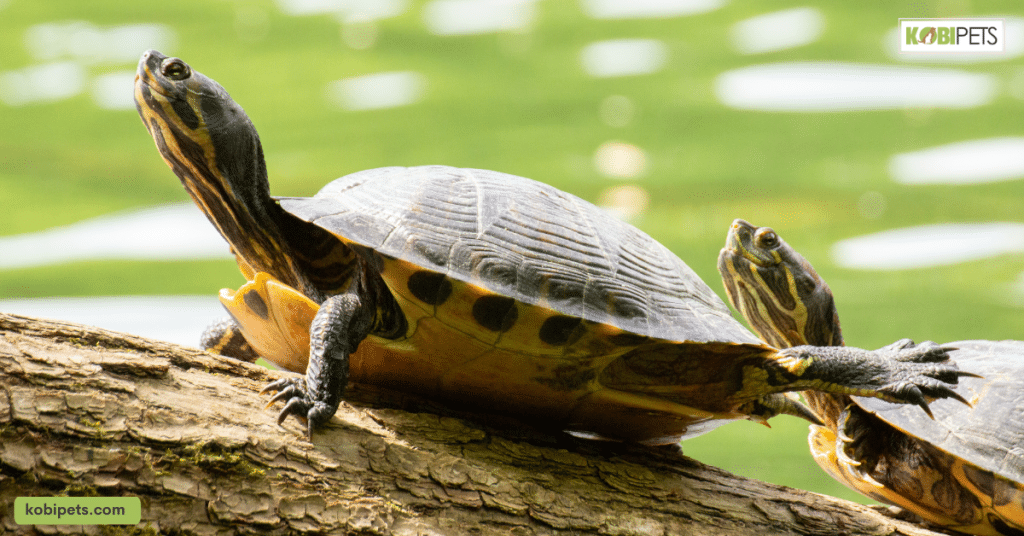
Diet and Nutrition
These remarkable reptiles have specific dietary requirements that, when met, contribute to their overall health and happiness. In this section, we’ll explore the essentials of feeding your shelled companions, from understanding their dietary needs to practical feeding guidelines.
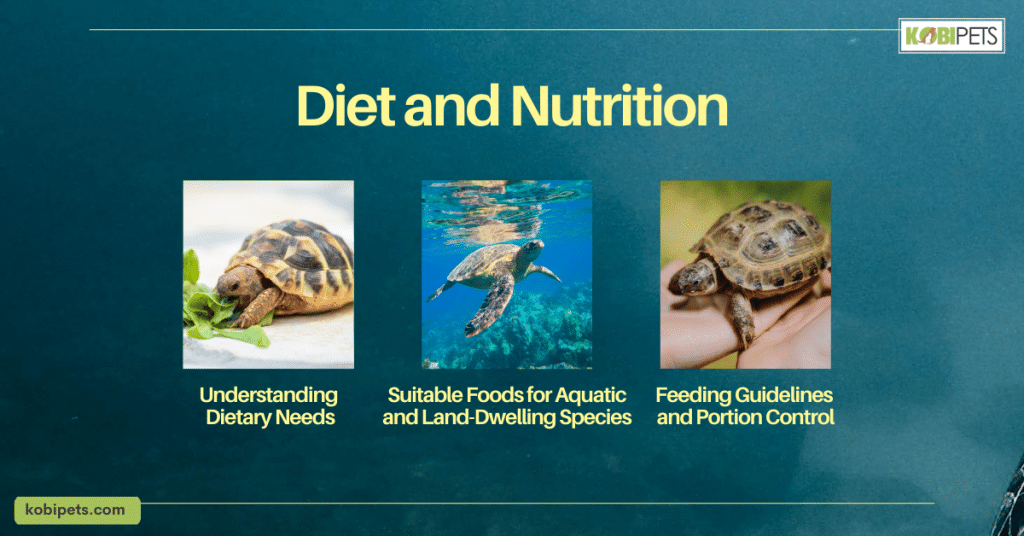
Diet and Nutrition
- Understanding Dietary Needs: Turtles and tortoises have distinct dietary needs. Aquatic turtles like red-eared sliders thrive on aquatic plants, insects, and turtle pellets, needing more protein. In contrast, land-dwelling tortoises favor fibrous greens, hay, vegetables, and occasional fruits. Catering to these unique diets is crucial for their health.
- Suitable Foods for Aquatic and Land-Dwelling Species: Aquatic turtles should consume aquatic plants, insects, and turtle pellets, mirroring their habitat. Land-dwelling tortoises benefit from fibrous greens, hay, veggies, and sparingly offered fruits.
- Feeding Guidelines and Portion Control: Maintaining a proper feeding schedule and portion control is essential. Aquatic turtles can be fed daily or every other day, while land-dwelling tortoises require less frequent meals. Portion sizes should match their size, and moderation in high-protein, fatty foods for turtles and sugary fruits for tortoises is vital to prevent health issues.
Proper diet and nutrition form the cornerstone of responsible turtle and tortoise ownership. By understanding their specific dietary needs, offering a diverse array of suitable foods, and adhering to feeding guidelines, you’re not just providing sustenance but also nurturing their well-being.
Health and Wellness
Ensuring the health and wellness of your pet turtles and tortoises is paramount. In this section, we’ll delve into key aspects of their care, from preventing common health issues to maintaining their environment and seeking professional veterinary care when necessary.
| Topic | Description |
|---|---|
| Common Health Issues | Discuss prevalent health problems and the importance of early detection and prevention through proper care. |
| Clean Water for Aquatic Turtles | Explain water quality management for aquatic turtles, focusing on cleanliness and filtration. |
| Hygiene and Temperature Regulation | Highlight the role of hygiene and maintaining proper temperature and lighting conditions. |
| Reptile-Friendly Veterinarian | Advise on finding a qualified reptile veterinarian and scheduling regular check-ups for optimal care. |
By understanding and preventing common health issues, maintaining water quality, ensuring proper hygiene and environmental conditions, and seeking professional care when necessary, you’re giving your pet turtles and tortoises the best chance at a healthy and fulfilling life.
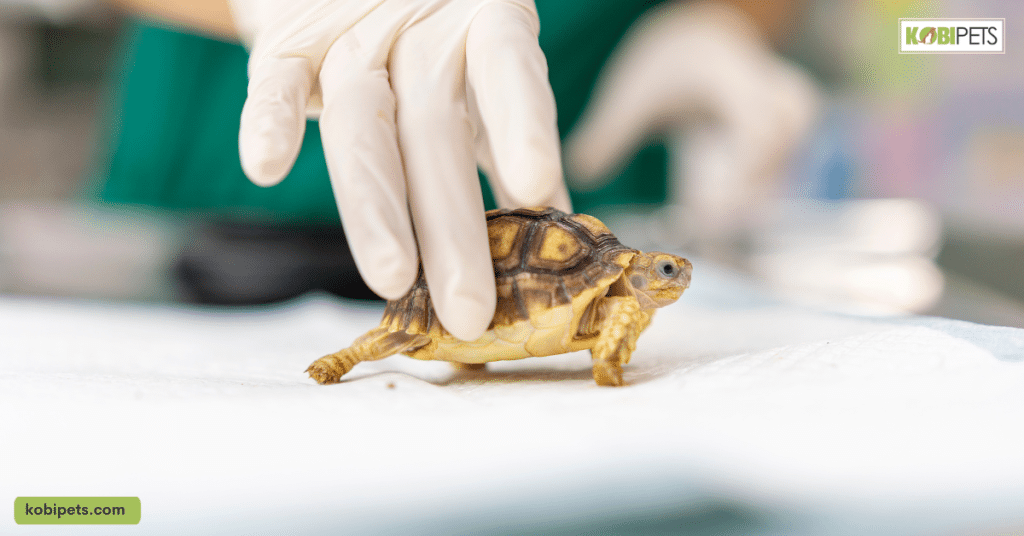
Enrichment and Interaction
In this section, we’ll explore how to provide mental and physical stimulation, create an engaging environment, and foster a meaningful connection with your shelled companions. These steps are vital for the overall well-being and happiness of your reptilian friends.
- Mental and Physical Stimulation: Explore activities that provide mental and physical exercise for your pets, such as puzzles, hiding treats, and obstacle courses. Stimulate their curious minds and encourage natural behaviors.
- Creating a Stimulating Environment: Offer practical tips on designing an enriched habitat. Include elements like rocks, logs, and plants for exploration. Explain how adding variety to their surroundings can prevent boredom.
- Safe Handling Techniques: Share guidelines on safely handling your turtles and tortoises, emphasizing their fragility. Highlight the importance of gentle and respectful interaction, especially when dealing with sensitive species.
- Importance of Interaction: Discuss the significance of spending quality time with your pets. Explain how regular interaction can strengthen the bond between you and provide mental stimulation for them. Encourage safe and supervised interactions to ensure their well-being.
Enriching the lives of your pet turtles and tortoises through mental and physical stimulation, creating engaging environments, and fostering a strong bond through interaction is a rewarding endeavor. By incorporating these practices into your routine, you not only improve their well-being but also deepen the connection you share with these fascinating reptiles.
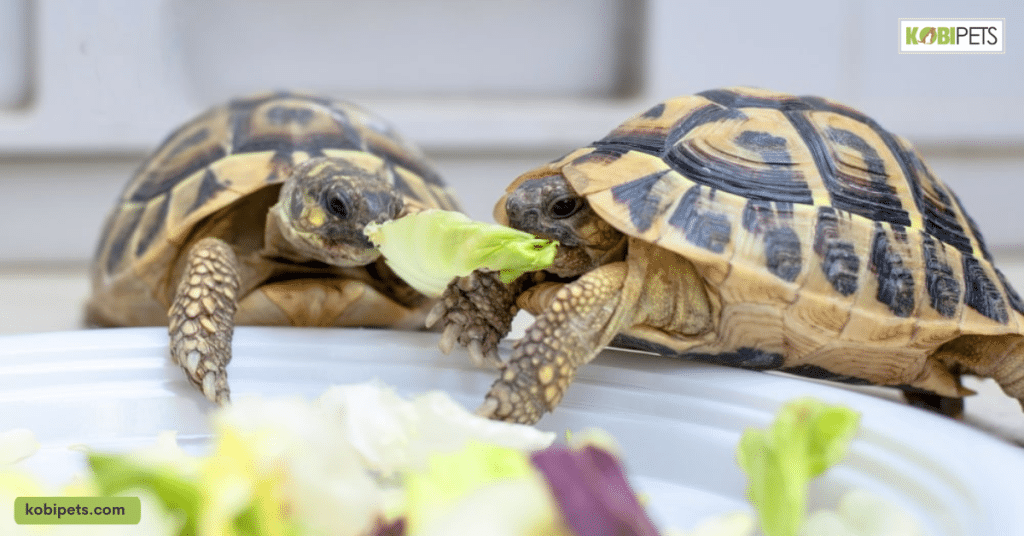
In conclusion
Caring for pet turtles and tortoises is a journey filled with wonder and responsibility. By understanding their unique needs, creating the ideal habitat, choosing the right species, providing proper nutrition, ensuring their health and wellness, and enriching their lives through interaction and stimulation, you embark on a path of fulfilling companionship with these extraordinary creatures. Remember that responsible ownership is not only about meeting their physical requirements but also about nurturing their well-being and happiness.






